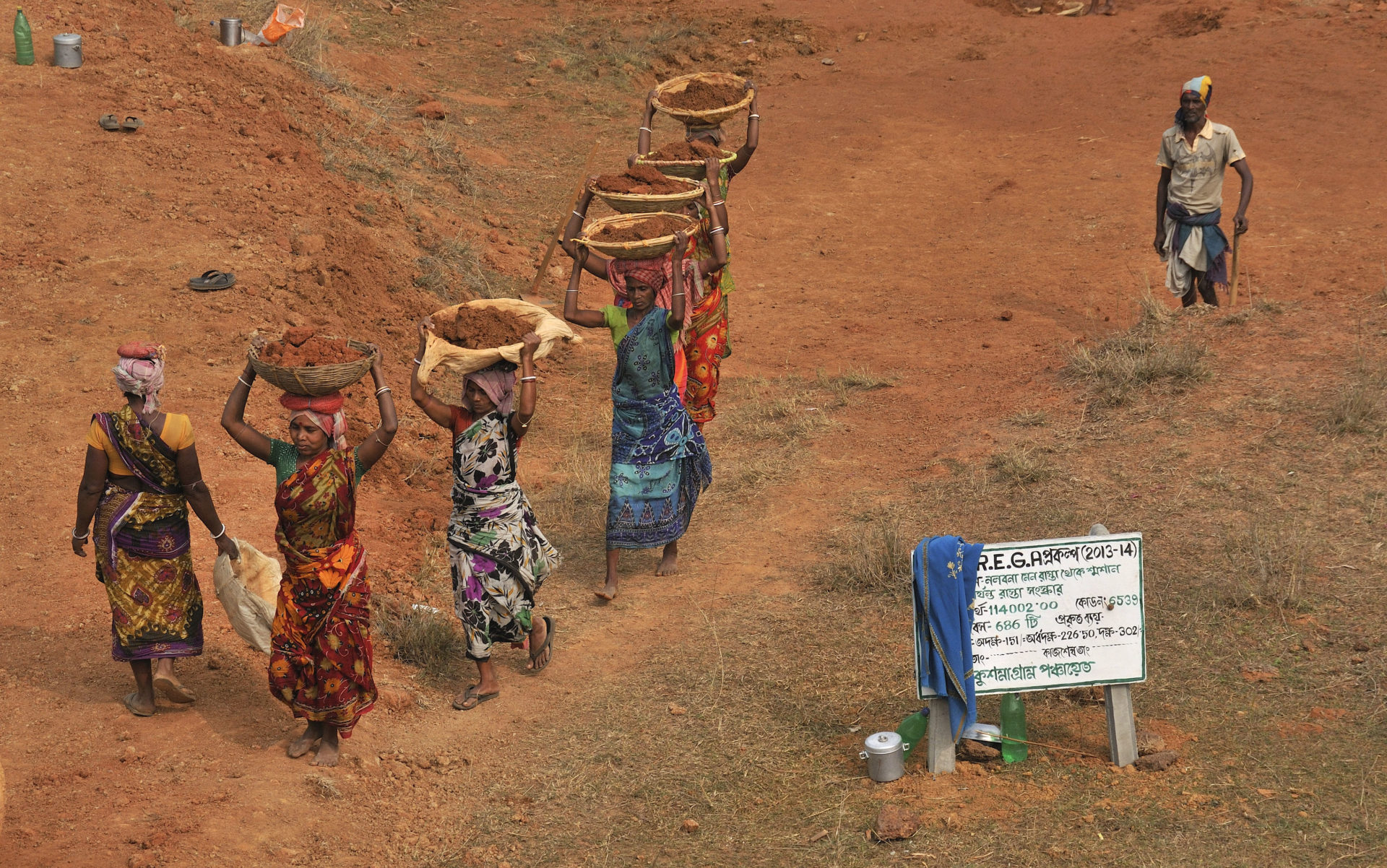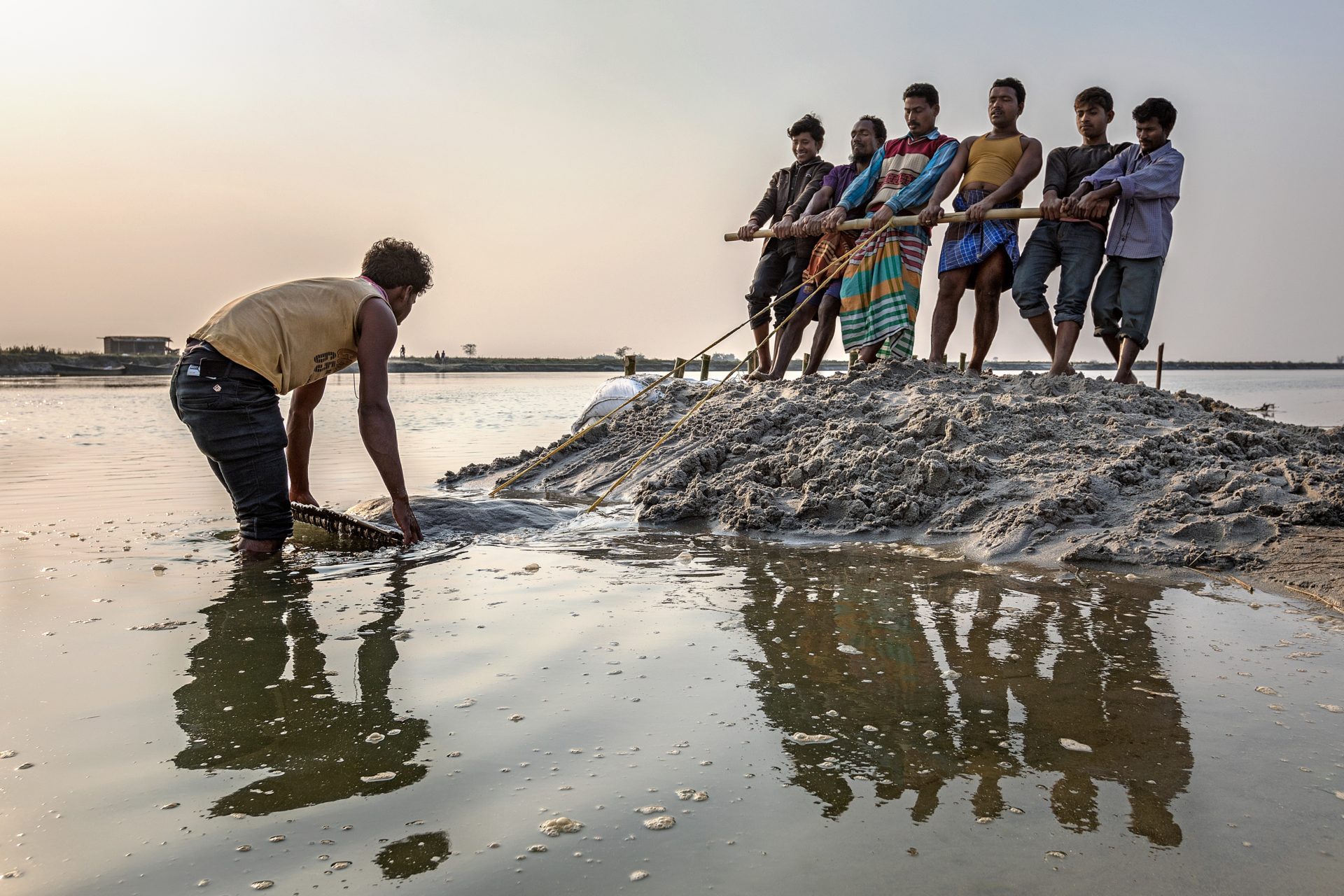
Strengthening Core Capabilities
In April 2018, as a part of the broader USAID Transformation effort, USAID unveiled a proposed new structure for its bureaus and offices. These proposals were consolidated into nine Congressional Notifications that have been sent to Congress for further review and approval in September 2018. These shifts were designed to strengthen existing areas of USAID’s work, streamline reporting to the USAID Administrator, and prepare USAID for the development and humanitarian demands of the future.

The Proposals Included:
Five new consolidated bureaus:
- The Bureau for Policy, Resources, and Performance (PRP)
- The Bureau for Development, Democracy, and Innovation (DDI)
- The Bureau for Resilience and Food Security (RFS)
- The Bureau for Humanitarian Assistance (BHA)
- The Bureau for Conflict Prevention and Stabilization (CPS)
- Relocation of the Afghanistan and Pakistan Bureau to within the Asia Bureau
- A refocused Management Bureau
- Streamlined coordinator positions throughout the agency
- A restructuring of front office positions and reporting lines to the Administrator
Most of the Regional Bureaus and the Bureau for Global Health remain relatively the same. The shifts to the front office would create two new Associate Administrators who would report directly to the Administrator and oversee several of the new bureaus. The Associate Administrator for Relief, Resilience, and Response (R3) would oversee the RFS, HA, and CPS Bureaus and the Associate Administrator for Strategy and Operations would oversee the PRP, Legislative and Public Affairs, and
Management Bureaus. Other Bureaus, including DDI, will continue to report to the Administrator.
Impact of Structural Changes to USAID and Pro-Grammatic Challenges
The proposed structural shifts have the potential to change how USAID engages with Congress, the NGO sector, and others. These structural shifts will help to modernize USAID to better address humanitarian and development challenges, there are a few aspects of the proposals that merit further questions. More broadly, although USAID Transformation is intended to increase efficiency while achieving better results, implementing Transformation as part of a broader drive to cut foreign assistance budgets would be detrimental to USAID and its core mission.

Key Highlights or Questions Further Consultation
The new PRP Bureau structurally reinforces strategy-budget alignment. By bringing the responsibilities for strategy and budgeting closer together, the PRP Bureau could help to better align country strategies and budget allocations so that the former shapes the latter rather than the other way around.
Can the DDI Bureau work to make development programming more effective and efficient? This reform will result in the consolidation within one bureau of many different sectoral areas and cross-cutting priorities. That alone will prove a daunting management challenge, but notably, other very significant sectors and priorities will continue to exist apart from DDI, raising challenges for the model. There is also a risk that running many more decisions through a centralized DDI Bureau could have an unintended effect – bottlenecks in the process of program planning.
More clarification is needed on the management, function, and engagement of cross-cutting organizational structures, such as those held in RFS and DDI. Little is known about the leadership and governance of the proposed Centers, Hubs, and Leadership Councils.
Creation of the HA Bureau elevates USAID’s humanitarian functions and leadership and works to streamline all forms of assistance. This shift also allows the agency to speak in greater unity on humanitarian issues and ensure higher-level international representation for the U.S. government.
The CPS Bureau prioritizes, elevates, and better coordinates conflict prevention within USAID and the inter-agency, however work is still needed to ensure non-elites in country civil society organizations have a key role in procuring, designing, implementing, and evaluating conflict prevention and stabilization work
Resources for Congressional Staff
NGO Community Response to USAID Transformation: Strengthening Core Capabilities through USAID Structural Changes. InterAction, September 2018. InterAction member response to proposed structural changes at USAID and the potential impacts to programs.
Principles for Effective Assistance Modernizing Foreign Assistance Network. September 2017. A set of effectiveness principles to guide foreign aid reform. The principles were endorsed by more than 170 organizations and individuals.